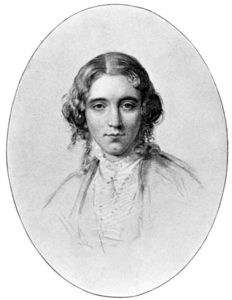This women’s History Month I would like to highlight female writers who hail from the Caribbean as a means of showcasing the contribution these women made to the world of literature.
First on the list is Rosa Guy (1925-2012), who was born in Trinidad (my native country) and immigrated to Harlem, New York. Her parents died while Rosa was very young, and she lived for a time with a relative who was a supporter of black nationalist Marcus Garvey. Rosa attended New York University where she studied theater and writing and at the American Negro Theater she studied acting.
In 1950, Rosa went on to cofound the Harlem Writers’ Guild, an organization that nurtured the works of prominent writers such as Paule Marshall, Audre Lorde, and Maya Angelou. When Rosa died in 2012, Maya Angelou said of her, “she was never afraid of the truth.”
Indeed, while Rosa wrote for both adults and young adults, her books explored topics that were off-limits for young adults at the time — topics such as the tensions between African Americans and West Indian Blacks, unwanted pregnancy, and same-sex relationships.
Rosa wrote sixteen novels, the most successful one for adults being My Love, My Love: Or, The Peasant Girl (1985), a retelling of “The Little Mermaid” set on a Caribbean island. This novel was adapted into a musical and ran on Broadway for over a year while being nominated for eight Tony awards. Rosa’s work received the Coretta Scott King award, the New York Times Outstanding Book of the Year citation, and the American Library Association’s Best Book Award.
Rosa’s work was not only limited to the stage or to writing. She became an activist in traditional civil rights and also in a Black nationalist literary organization, On Guard for Freedom. This group featured in a famous protest at the United Nations during the Bay of Pigs Cuban invasion and actively supported the liberation of the Congolese leader Patrice Lumumba.
If you read one book by a Caribbean author this women’s history month, make it one by Rosa Guy.
Angela is a blogger and author of Christian women’s fiction and Christian romance. Her latest release is Making Music Together.









